Trading Modes and Fees¶
BidSwitch supports two trading modes, Connect Mode and Media Mode.
BidSwitch also supports either the Buyer or Supplier covering the trading fee, this is known as Flexible Fee Assignment on BidSwitch.
These various options differ only in commercial terms between BidSwitch, Buyers, and Suppliers, and billing methods. From an integration perspective there is no difference in implementation.
Each Supplier can decide which trading modes they want to support, and can support both modes with different Buyers at the same time. Some Suppliers support both modes, while others just pick one.
Buyers can use both modes, but only one mode per Supplier. So it is not possible to be in Connect Mode and Media Mode with a particular Supplier at the same time.
To request a connection be changed from Media to Connect, or vice versa, you must email support@bidswitch.com and request the change. You must also copy the Buyer or Supplier (depending on which side you sit). BidSwitch support must receive confirmation of the request to change from both parties directly via email.
Note
BidSwitch cannot accept 2nd hand acknowledgement of wanting to change mode, including a forwarded email. Both parties must email support directly.
Media Mode¶
When using Media Mode, trading is done using BidSwitch’s own seat with a Supplier.Therefore, no contractual agreement is needed between the Buyer and Supplier. In this scenario, BidSwitch acts as an intermediary for Buyers and forwards the payments to the Supplier. The BidSwitch fee can be packaged in two ways in this mode:
The fee can be invoiced as a separate line item, see the Sample Invoice for an example. This is marked using separate in the myBidSwitch UI. There is no bid reduction involved and at the close of the invoicing cycle, the payer will be invoiced for Media purchased, and separately for the BidSwitch Fee.
Warning
The fee deduction from the original bid is no longer supported
Connect Mode¶
When using Connect Mode, trading is done using the Buyer’s own seat with the Supplier. In this scenario a contractual agreement is required between the Buyer and Supplier. The Supplier bills the Buyer directly and BidSwitch does not handle media cost payments.
This means that the fee payer gets an invoice for the BidSwitch fee. The fee is not included in the reported media cost by default, and no bid reduction takes place.
Should the Buyer bid $1.18 at auction, $1.18 is the price of the bid sent. If the BidSwitch fee is 8%, then BidSwitch will invoice the fee of $0.094 separately
When the Supplier is paying the BidSwitch fee, at the close of the invoicing cycle, BidSwitch will invoice the Supplier and the Supplier will invoice the Buyer for Media purchased.
When the Buyer is paying the BidSwitch fee, at the close of the invoicing cycle, BidSwitch will invoice the Buyer and the Supplier will invoice the Buyer for Media purchased.
Using Connect Mode has a number of advantages over Media Mode.
Many Buyers have lower fees when using Connect Mode and are more willing to buy from Suppliers
Some Buyers only trade with BidSwitch connected Suppliers using connect mode
Buyers are given a separate BidSwitch invoice each month for their fee, which will not affect your trading activities
There is a lower chance of confusion about where Demand Partner fees are included. This can be especially beneficial for Private Marketplaces & Deal IDs
Alcohol and gambling ads can be enabled
Unique side agreements between specific partners can be established, upon BidSwitch approval. Usually side agreement verbiage can simply be added as appendix to Connect Mode contracts
Distribution Pricing¶
Distribution Pricing is a model that allows you to configure your BidSwitch integration to apply pricing on the traffic you receive rather than the media traded. It can be applied during Targeting Group configuration, but it first needs to be enabled on your account. Ask your Account Manager or support@bidswitch.com to discuss enabling this.
When enabled, SmartSwitch and QPS for the Targeting Group are managed by you and BidSwitch will send the maximum QPS possible based on its targeting settings, see the BidSwitch Targeting Groups section for more configuration details.
Distribution pricing can be used in both trading modes, but the pricing is applied differently in each.
The business implications around enabling distribution pricing on a Targeting Group is that fees can only be paid by the Buyer i.e. Flexible Fee assignment does not apply to the Targeting Group
All fees are applied outside the bidstream
In media mode a percentage is charged based on media cost traded, in invoice reporting this percentage is shown under the Media Fee Rate column and its cost in the Media Fee Cost column
In connect mode the fee is not based on a percentage, it is instead based on a rate per billion requests sent to the Buyer, in invoice reporting this rate is shown under Request Fee Rate and its cost in the Request Fee Cost
It is possible to have mix of Targeting Groups set up in the standard Media or Connect mode, depending on your integration, and to have some of those enabled with Distribution pricing, i.e. some use connect mode and some use distribution pricing.
In the event that a request matches multiple targeting groups of mixed pricing/fees, distribution pricing takes precedence and billing is based on a Targeting Group with it enabled.
Overages
Distribution fees are based on the number of requests sent to a Buyer, with the expectation that BidSwitch must also process a certain percentage of responses. Overages apply when you exceed the expected bid rate and they cover the cost of excessive response processing. Overages are applied on a per billion response basis and calculated on a monthly basis i.e. short term excess will likely be averaged away over the month.
Sample Invoice¶
The following example invoice shows a Buyer who uses both connect and media
mode, sample_invoice.png.
